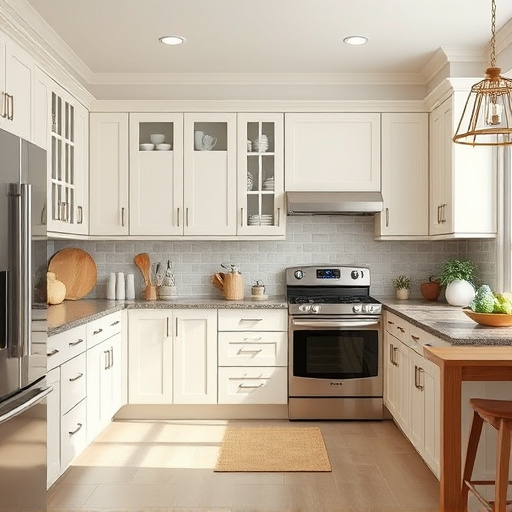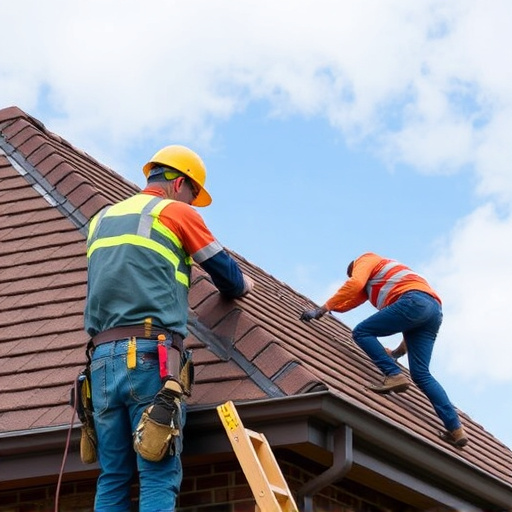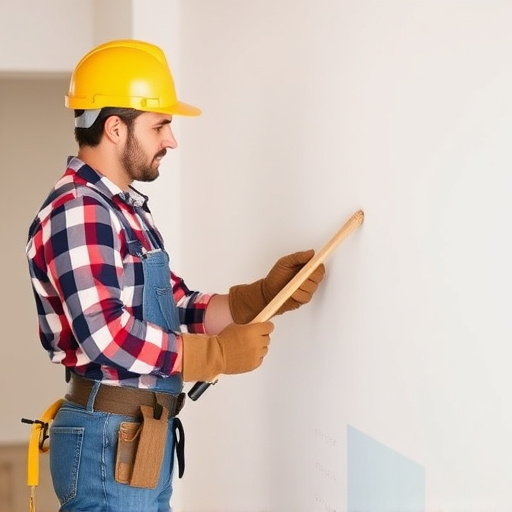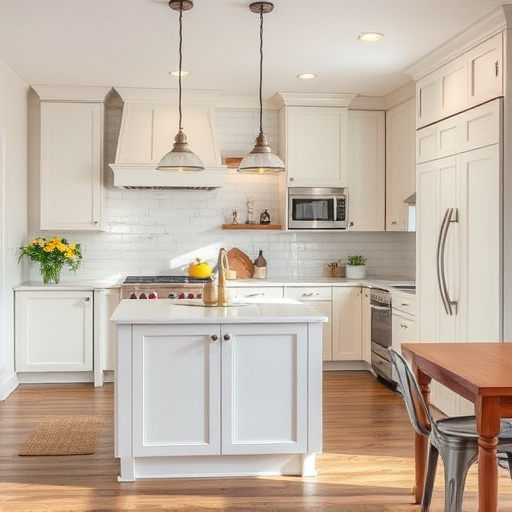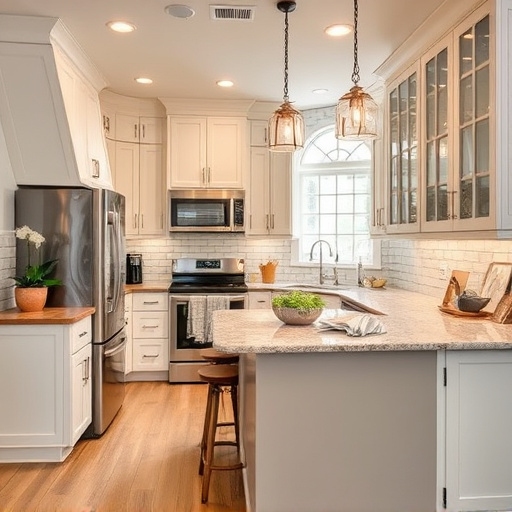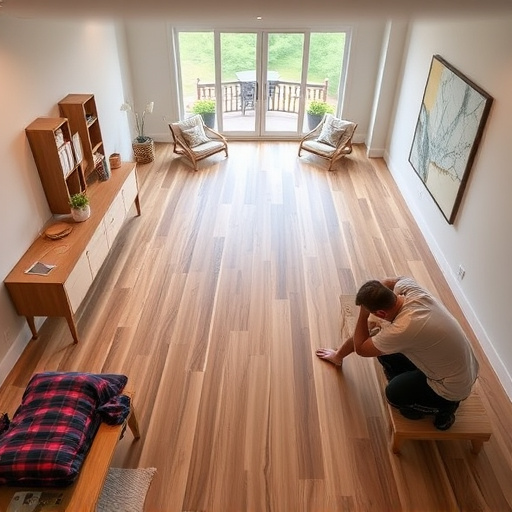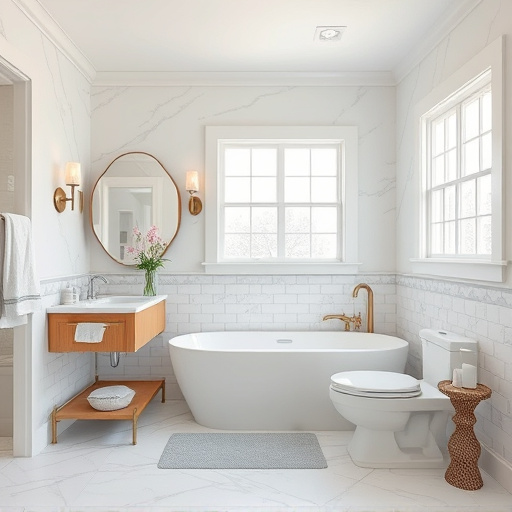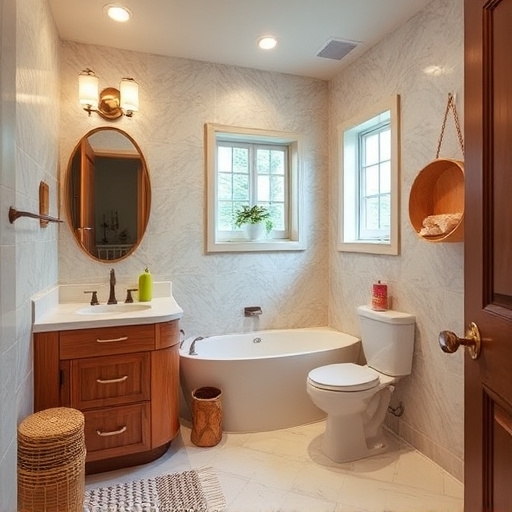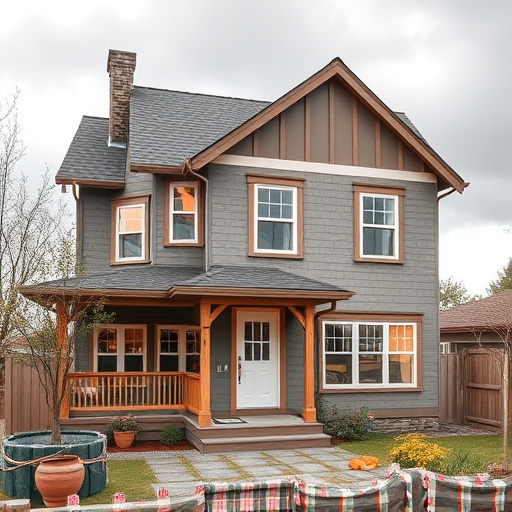The commercial remodeling industry is shifting towards sustainable practices driven by environmental consciousness and economic viability. Green remodeling, once a niche trend, is gaining popularity as businesses embrace energy-efficient designs and eco-friendly materials. Technology integration, such as IoT devices and smart materials, is shaping the future of space design with focus on dynamic work environments and sustainability. Experiential design, revolutionizing spaces by engaging customers' senses and emotions, is also gaining traction, fostering brand loyalty and creating memorable experiences in commercial, kitchen, bath, and residential projects.
“Unveiling the future of commercial remodeling, we explore key trends redefining the built environment. Sustainable practices are at the forefront, as green remodeling gains traction, prioritizing eco-friendly materials and energy efficiency. Technology integration is another game-changer, with smart spaces enhancing workplace productivity. Experiential design takes center stage, focusing on creating engaging, human-centric environments. These trends shape a new era of commercial remodeling, fostering innovation and improved user experiences.”
- Sustainable Practices: Green Remodeling Gains Momentum
- Technology Integration: Smart Spaces Transform Workplaces
- Experiential Design: Creating Engaging Commercial Environments
Sustainable Practices: Green Remodeling Gains Momentum
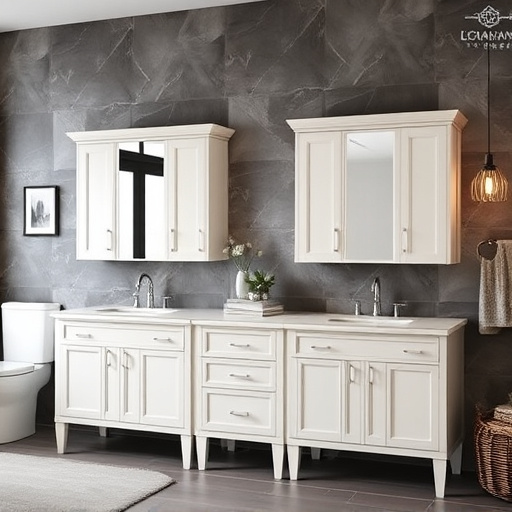
The commercial remodeling industry is increasingly embracing sustainable practices, driven by both environmental consciousness and economic viability. Green remodeling, once a niche trend, is now gaining significant momentum as businesses recognize the long-term benefits of energy-efficient designs and eco-friendly materials. This shift towards sustainability is not only beneficial for the planet but also attracts environmentally aware customers and investors who prioritize responsible business practices.
Integrating sustainable elements into commercial spaces goes beyond simple aesthetics; it involves strategic planning and innovative solutions. From utilizing natural lighting and insulation to incorporate renewable energy sources, these practices reduce operational costs and minimize a building’s carbon footprint. Moreover, with the rise in popularity of home improvement services focusing on green transformations, businesses are now exploring ways to extend these eco-conscious principles to larger-scale commercial remodeling projects, including interior painting techniques that promote healthier indoor environments and home additions designed with sustainability at their core.
Technology Integration: Smart Spaces Transform Workplaces
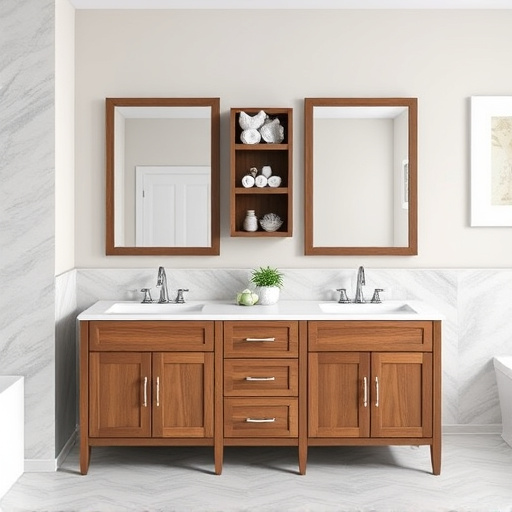
The integration of technology is revolutionizing the way we design and utilize commercial spaces, marking a significant trend in the future of commercial remodeling. Smart buildings equipped with IoT (Internet of Things) devices and sensors are becoming the norm, allowing for dynamic and adaptable work environments. These “smart spaces” offer customizable settings that cater to various tasks and collaborative needs. For instance, automated lighting and temperature control systems can be programmed to suit different user preferences, enhancing productivity and comfort.
Moreover, technology integration in commercial remodeling extends beyond interior design. Exterior painting and whole house remodels are also embracing digital transformation. Advanced materials with smart properties, such as self-cleaning surfaces or energy-efficient coatings, contribute to more sustainable and low-maintenance buildings. Additionally, the implementation of building management systems enables efficient monitoring and control of various systems, ensuring optimal performance and reducing operational costs.
Experiential Design: Creating Engaging Commercial Environments
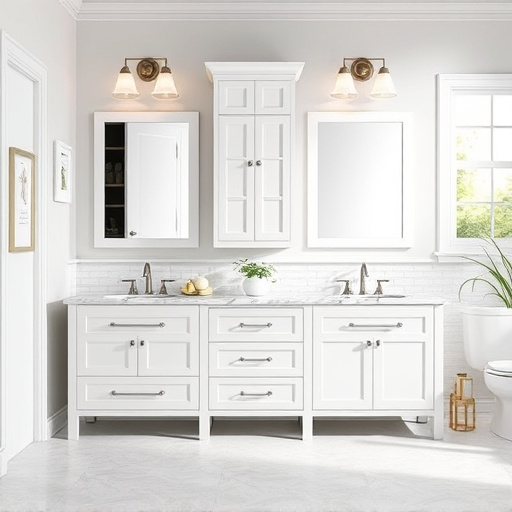
In the realm of commercial remodeling, Experiential Design is a game-changer that transforms ordinary spaces into captivating environments. This design philosophy focuses on creating spaces that engage the senses and evoke emotions, thereby enhancing customer experiences and fostering brand loyalty. By integrating creative elements like interactive displays, unique lighting, and innovative materials, businesses can make their establishments stand out in today’s competitive market.
The trend extends beyond public spaces; even kitchen and bath renovation services are incorporating experiential design principles to create serene and inspiring culinary and personal sanctuary spaces. Residential renovations also benefit from this approach, as homeowners seek to transform their living areas into relaxing oases that cater to their senses and lifestyles. Experiential design in commercial remodeling is not just about aesthetics; it’s about crafting memorable experiences that resonate with visitors, ultimately driving business success.
As we look ahead, the future of commercial remodeling is characterized by three key trends: sustainable practices, technology integration, and experiential design. Green remodeling is gaining momentum, driven by a growing awareness of environmental sustainability. Smart spaces that leverage technology are transforming workplaces into more efficient, collaborative, and engaging environments. Finally, experiential design prioritizes creating immersive, captivating commercial environments that foster interaction and connection. These trends not only enhance the aesthetics and functionality of commercial spaces but also contribute to a more sustainable and productive future for businesses worldwide.

